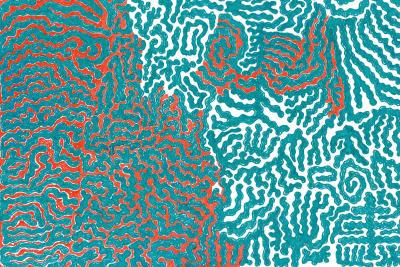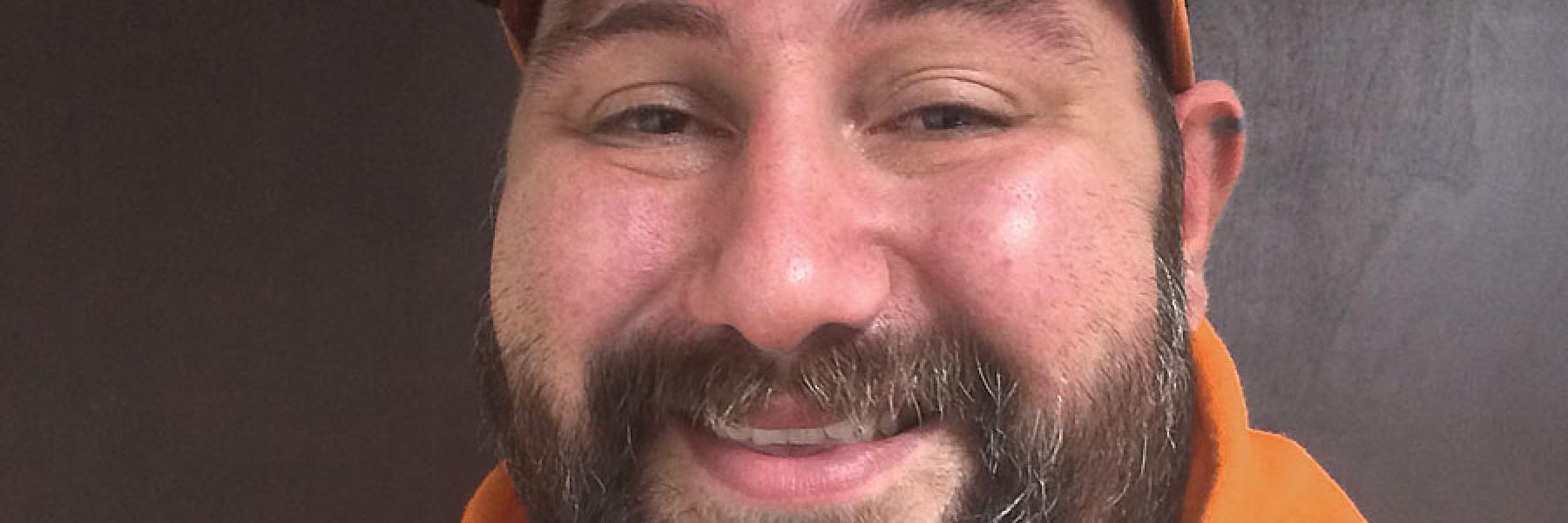
Mikkel Q.’s enthusiasm
infuses a room with creative energy. From the moment he arrived in the Art Therapy group he was bustling with ideas for various imaginative projects. Although fairly new to TPAN, already he has become a valuable resource for other clients, having joined the agency’s Client Advisory Board.
When Mikkel, 30, tested positive for HIV at TPAN, he felt utterly shocked and saddened. But John, his testing counselor, reassured him he would be alright and that it was not "a death sentence." John immediately linked Mikkel to another staff member who would provide him a comprehensive TPAN intake in order to officially become a client, and then helped him coordinate with the AIDS Foundation of Chicago to assign him medical case management services at TPAN. That same day he was also set up with an appointment at Howard Brown Health Center for medical services.
Mikkel embarked on a "frenzied HIV fact finding mission" and read Positively Aware issues from cover to cover. The magazine helped him calm down as he was learning what was going on in his body. Mikkel says PA helped him “break the information down into small bites so I could absorb it without getting too overwhelmed." Mikkel has since graduated from TEAM (Treatment Education Adherence Management), TPAN’s 10-hour HIV treatment education program. He most appreciated the opportunity to "access people who were really knowledgeable about HIV and medications, as opposed to just searching the Internet and hoping I could find the answers I needed."
Within Future Focused,
TPAN’s eight-week therapeutic support group for those newly diagnosed, Mikkel says he felt "really good about being among people who were sharing the same problems, providing a safe space to talk about what’s going on.” Future Focused supported Mikkel with issues of disclosure, opening up to his friends and family about his diagnosis.
Mikkel is passionate about the arts. Each time the art group meets, he is working on something impressive—whether it’s a watercolor pencil drawing, knitted scarf, or teaching himself to make pop-up books. He is also generous with his fellow studio-mates, often bringing in inspiring visual material to share. "It helps release tension and gives me a creative focus in a setting that’s relaxing and comfortable, and where there’s no pressure to necessarily finish an art project." Despite his outgoing presence, he says, “I’ve always been a solitary person, feeling different from other people. Art Therapy helps create a much needed social space for making new friends, finding common interests, and just enjoying checking in with everyone. I didn’t know a place like this even existed."


